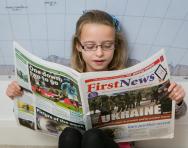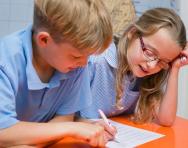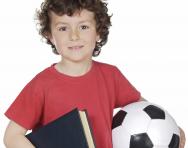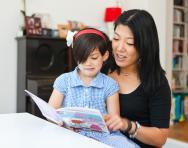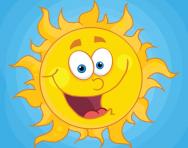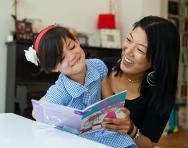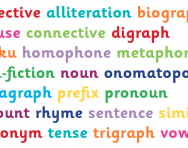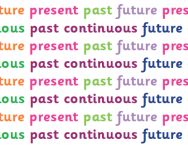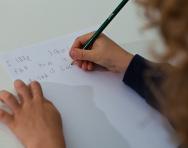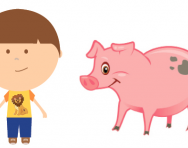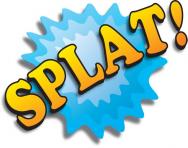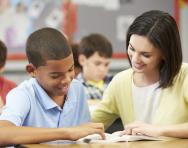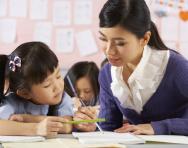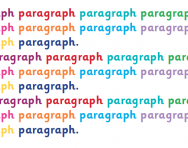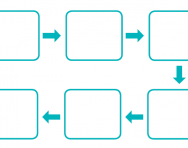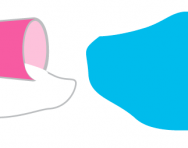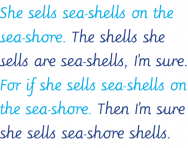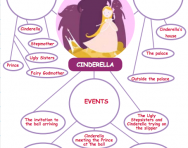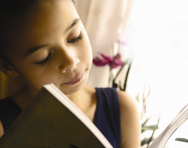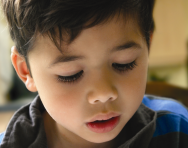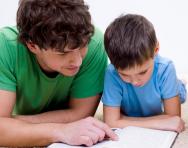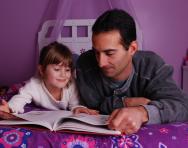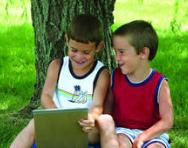Reading comprehension articles
Best educational magazines for children
Looking for a fun- AND fact-packed publication for your child? The selection we've picked offer puzzles, original artwork, fiction, science projects to complete, history, hands-on making and more – and there isn't a plastic cover-mount in sight. Want to encourage your primary-school child to read regularly? Keep them supplied with new issues!
What is a cloze test?
An important part of the new-format 11+ exam, and a valuable test of your child's ability in English, we explain what cloze procedures involve.
Best kids' books about football
Would your child rather be kicking a ball than picking up a book? Get them excited about reading with fiction and non-fiction titles about the beautiful game, from World Cup histories and step-by-step technique manuals to brilliant football fiction for all ages.
Best reading scheme books for early readers
Does your heart sink at the thought of another reading practice session after school? Don't lose heart, says primary school teacher, mum and Reading Chest founder Liz Walker. Today's reading scheme books offer exciting stories, non-fiction facts and loads more. Here's how to make the most of early readers, whether your child has just started to blend sounds or is ready to graduate to 'real' books.
What is figurative language?
Figurative language uses words and ideas to suggest meaning and create mental images. We explain how children are taught to recognise and use figurative language in KS2 English, with definitions and examples of simile, metaphor, personification, hyperbole and onomatopoeia.
What is journalistic writing?
Hold the front page! Primary-school children study the features of news reports (headlines, pictures, captions, quotations) and often learn to write their own article, usually related to a theme they are studying. Here's how you can support their learning at home.
SATs revision: your KS1 SATs English helper
KS1 SATs are no longer compulsory, but some schools may still choose to administer them. If so, you can help child prepare for the Year 2 English SATs with some simple and effective reading, writing and spelling activities.
Primary literacy glossary for parents
From adjectives to writing frames, TheSchoolRun's primary-school literacy glossary offers a complete guide to all the concepts children are taught in EYFS, KS1 and KS2 English. Brush up on your own literacy skills, clear up homework confusion and understand exactly what your child is learning at school by reading our basic definitions (with links to more detailed explanations, teachers' tips and examples).
What is verb tense?
Verb tenses tell us when an action took place in the present, past or future. Help your child understand the main verb tenses (simple present and present continuous, simple past and past continuous, simple future and future continuous) and understand which tenses are used in different kinds of texts.
What is text-marking?
Text-marking is a technique taught in schools to help children recognise the different features of a text. Find out how teachers explain the technique to children and how it can help with their comprehension of different types of texts.
What is a metaphor?
A metaphor is a figure of speech where two things that are normally unrelated are compared to each other. Find out how teachers explain metaphors to school children and how to encourage your child to spot metaphors and use them to improve their writing.
What is onomatopoeia?
Onomatopoeia is a word that names a sound, but also sounds like that sound. Find out how teachers explain onomatopoeia to school children and how to encourage your child to use it to improve their writing.
What is guided reading?
A guided reading session takes place every day in school. We explain what happens during these sessions and how you can help your child develop the skills of decoding and comprehension at home.
Teachers’ tips for reading comprehension
Reading comprehension exercises are a staple homework activity, not to mention a significant part of SATs. Lucy Dimbylow asked teachers for their insider tips on getting to grips with comprehension and how to help your child at home.
What is a paragraph?
Paragraphs are sections of text, used to structure writing to make it clear and easy to read. We explain how the use of paragraphs is taught in KS2 and how you can help your child improve their writing by using paragraphs at home.
What is a story map or story mountain?
Your child will be taught to use different planning and analysis tools in primary literacy. Story maps, story flowcharts and story mountains are diagrams to help them think clearly about the plot and structure of what they're writing. We explain what parents need to know.
What is a simile?
In Key Stage 2 children learn to recognise the use of figurative language in the texts they are reading. They will also be encouraged to use similes (and perhaps metaphors) in their writing. We explain how to identify similes and encourage your child to use them to improve their written work.
What is personification?
In KS2 children often analyse figurative language when reading poetry and fiction. Personification, or giving a non-living object human characteristics to describe it, is a common technique children will study and learn to use in their own writing.
What are alliteration, assonance and consonance?
When analysing poetry your primary-school child might mention alliteration, assonance and consonance. We explain what they've been taught to look out for in literacy lessons.
What is a spider diagram?
Spider diagrams are common planning tools in the primary-school classroom, used in science as well as literacy. We explain what you need to know to help your child use a spider diagram when preparing a fiction or non-fiction piece of writing.
How to improve your child’s reading skills in KS1
Parents naturally want their child to read to the best of their ability, but often aren’t sure how to help them build on the skills they learn in class. Primary teacher Phoebe Doyle offers some expert tips on what your child needs to know to move to the next reading level.
School reading schemes explained
Ask any parent of a Reception child about Biff, Chip and Kipper, and they’ll know exactly who you’re talking about. But just how do primary school reading schemes work, and how can you tell if your child is progressing at the right rate? Lucy Dimbylow puts these questions to the teachers who use reading schemes in the classroom.
Reading comprehension explained for parents
Once your child can read they’ll be working on understanding what they read and really engaging with words in their literacy lessons. Reading comprehension is also a big part of SATs. Teacher Alice Hart explains how you can help boost your child’s skills at home.
Reading to learn: how to get the most from reading with your children
Reading with your children at home not only lets them practise new words and sounds, but it can also help to improve their reading comprehension skills. Education writer and primary teacher Phoebe Doyle gives her top tips on helping to enrich reading time to prepare them for KS1 English SATs.
Storytelling support for Key Stage 1 children
Help develop your Key Stage 1 child's storytelling skills with these great activities.
